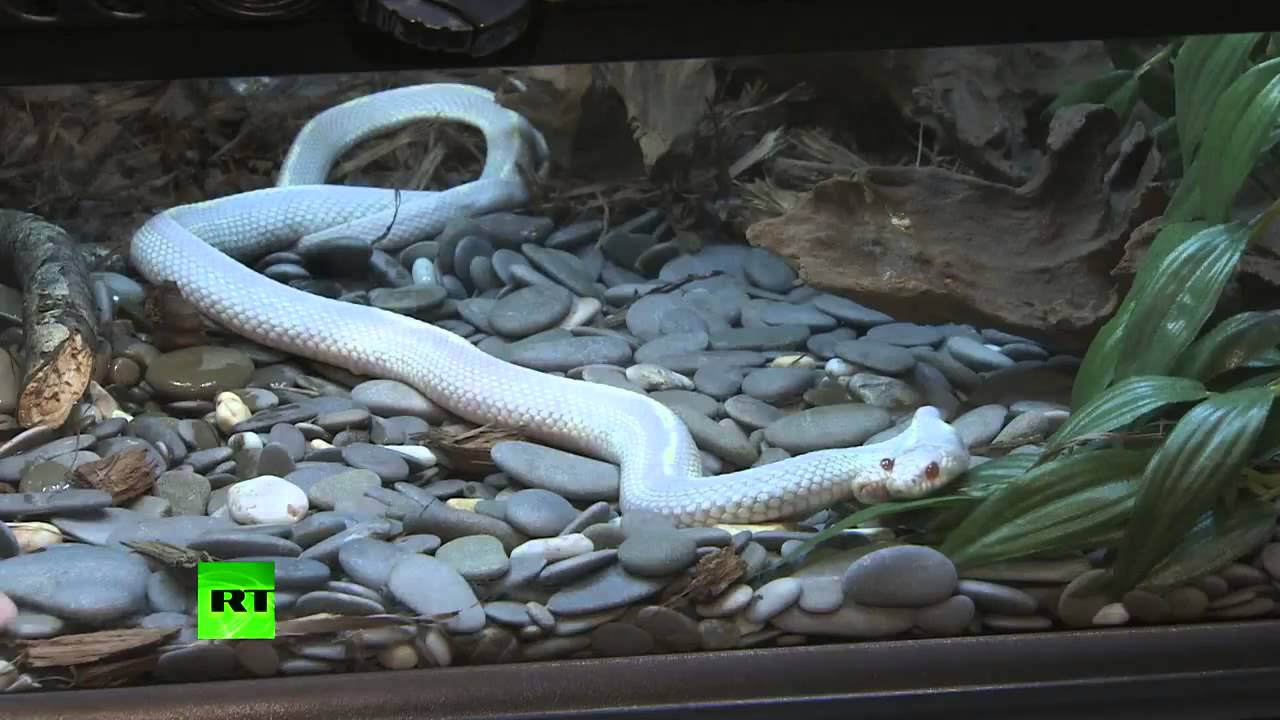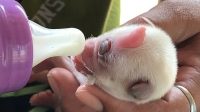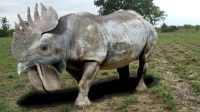In recent days, the residents of Thanh Well, India, have been shocked by the appearance of a venomous and rare snake species – the white-lipped pit viper, also known as the “hổ mang bạch tạng” in Vietnamese. This snake is known for its potent venom, aggressive behavior, and is native to Southeast Asia.

According to local reports, the snake was discovered in the Thanh Well by a group of workers who were conducting cleaning activities. The snake was first mistaken for a harmless garden snake, but upon closer inspection, the workers realized that it was a venomous pit viper.

In recent days, the residents of Thanh Well, India, have been shocked by the appearance of a venomous and rare snake species – the white-lipped pit viper, also known as the “hổ mang bạch tạng”
in Vietnamese. This snake is known for its potent venom, aggressive behavior, and is native to Southeast Asia.

The news of the snake’s appearance has spread quickly throughout the community, and local authorities were immediately called on to handle the situation. The snake was captured and relocated to a safer location, away from human contact.

The white-lipped pit viper is known for its distinctive white or yellowish-white upper lip, which contrasts sharply with its dark green or brown body. This makes it one of the most visually striking snake species in the world.
Although the snake is rare in India, it is not uncommon in some parts of Southeast Asia, where it is known to inhabit forests and densely vegetated areas. Its venom is highly toxic and can cause serious harm or even death, making it a potential threat to human life.

Residents of Thanh Well are advised to remain vigilant and take precautions to avoid contact with venomous snakes in the future. In the meantime, the appearance of the white-lipped pit viper has sparked interest and fascination among locals, who are keen to learn more about this rare and dangerous species.







